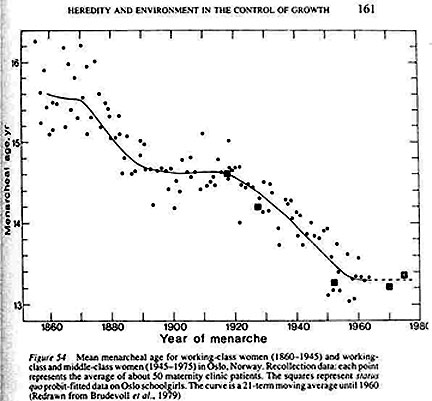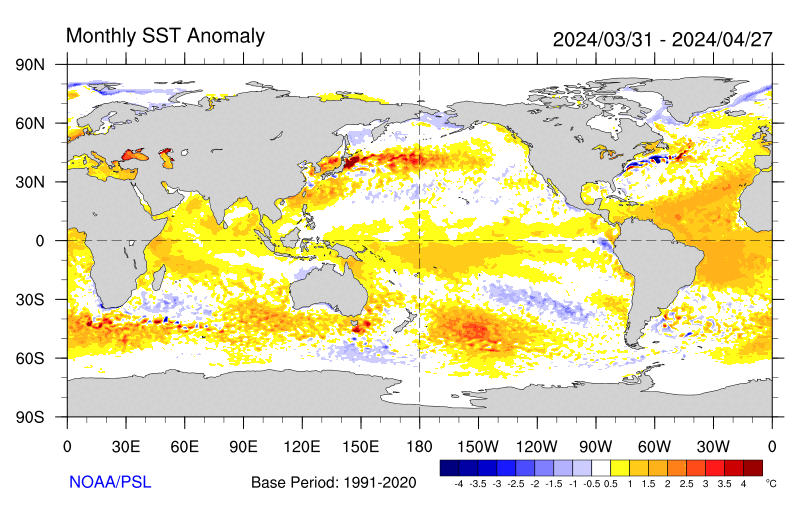There were major will to establish blueprint of development among most of world's government -
Millennium Development Goals.
Short assessment, how currently particular targets are performing:
1. Target - Halve, between 1990 and 2015, the proportion of people whose income is less than $1 a day.
Currently it is 27% from 46%. How it may fail?
2. Target - Halve, between 1990 and 2015, the proportion of people who suffer from hunger.
It's going to fail outside South-Eastern Asia and Eastern Asia.
3. Target - Ensure that, by 2015, children everywhere, boys and girls alike, will be able to complete a full course of primary schooling.
In 1999 there was 16% children out-of-school and 10% in 2008, so faith of this target is waging.
4. Target - Eliminate gender disparity in primary and secondary education, preferably by 2005, and in all levels of education no later than 2015.
Girls' to boys' primary education enrolment was 96% in 2008. This target shouldn't fail.
5. Target - Reduce by two-thirds, between 1990 and 2015, the under-five mortality rate.
Every region besides Sub-Saharan Africa, Southern Asia and Oceania should meet the target. Northern Africa made it already.
6. Target - Reduce by three-quarters, between 1990 and 2015, the maternal mortality ratio.
I don't have sufficient data on this one.
7. Target - Have halted by 2015 and begun to reverse the spread of HIV/AIDS .
Since 1997 number of new infections is steadily decreasing, so this target was achieved.
8. Target - Have halted by 2015 and begun to reverse the incidence of malaria and other major diseases.
Spread of tuberculosis in Sub-Saharan Africa cannot allow to meet this goal.
9. Target - Integrate the principles of sustainable development into country policies and programs and reverse the loss of environmental resources
Well, it failed miserably.
10. Target - Halve, by 2015, the proportion of people without sustainable access to safe drinking water and basic sanitation
In 1990 there was 23% people without drinking water and 13% in 2008. Outside Sub-Saharan Africa and Oceania this part is already achieved. Improved sanitation is still out-of-reach for rural areas. Only South-Eastern Asia and Northern Africa have already met the target in this aspect.
11. Target - Have achieved by 2020 a significant improvement in the lives of at least 100 million slum dwellers.
It is wrong target. There was 600 million slums-dwellers in 1990, but nobody knew this when target was conceived.
12. Target - Develop further an open, rule-based, predictable, nondiscriminatory trading and financial system (includes a commitment to good governance, development, and poverty reduction?both nationally and internationally)
Probably failed. I don't know what it means.
13. Address the special needs of the Least Developed Countries (includes tariff- and quota-free access for Least Developed Countries? exports, enhanced program of debt relief for heavily indebted poor countries [HIPCs] and cancellation of official bilateral debt, and more generous official development assistance for countries committed to poverty reduction)
It failed miserably.
14. Address the special needs of landlocked developing countries and small island developing states (through the Program of Action for the Sustainable Development of Small Island Developing States and 22nd General Assembly provisions)
It failed.
15. Deal comprehensively with the debt problems of developing countries through national and international measures in order to make debt sustainable in the long term.
External debt service burden decreased tremendously, especially in Eastern Asia.
16. Target - In cooperation with developing countries, develop and implement strategies for decent and productive work for youth.
Well, unemployment levels in high-income countries may be currently higher than in middle-income and low-income countries, but I don't think this was the target.
17. In cooperation with pharmaceutical companies, provide access to affordable essential drugs in developing countries.
I don't know.
18. In cooperation with the private sector, make available the benefits of new technologies, especially information and communications technologies.
More people have access to cell phones than to improved sanitation and about 2 billion people have access to internet. It can be greatest success.
http://www.voanews.com/english/news/UN-Launches-40-Billion-Global-Health-Campaign-103528084.html







